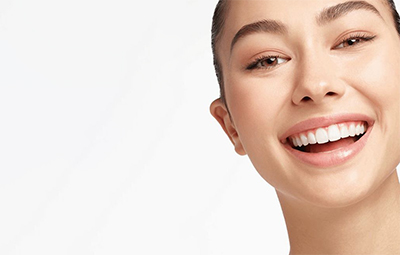Learn what to look for when buying dental supplies. Your dental supplies involve toothbrushes, toothpaste, mouth rinses and more. This article will highlight and break down all you need for your supplies.
How do I choose which dental supplies to buy?
How can you choose which dental care supplies to use when there are so many on the market? Here’s a rundown of the essentials: toothpaste, toothbrushes, mouthwashes, and rinses.
Toothpaste fundamentals
- Buy fluoride-containing toothpaste. Fluoride-containing toothpaste helps prevent cavities. Fluoride toothpaste is the top choice by the ADA. Also known as the American Dental Association for people of all ages. The ADA recommends using a smear or grain of rice-sized toothpaste. This is to prevent swallowing in children under the age of six.
- Check the package label to see if the toothpaste has the approval of the ADA. The ADA Seal of Acceptance signifies that the product has met the ADA’s safety and effectiveness criteria. This is as well as that the product’s packaging and advertising claims are substantiated. Some companies opt not to apply for the ADA’s Seal of Acceptance. The ADA has not studied or endorsed these products, despite the fact that they may be safe and effective.
- If tartar buildup is an issue, check for tartar control toothpaste brands. Buy desensitizing toothpaste if your teeth are sensitive to hot, cold, or sweets.
- Choose toothpaste in the form and flavour you like. Gels or pastes, or wintergreen or spearmint flavours all work the same.
If a particular toothpaste constituent hurts your teeth, cheeks, or lips. if your teeth have gotten more sensitive, or if your mouth becomes inflamed after brushing. switch to a different toothpaste. Consult your dentist if the problem persists. Keep in mind that when your oral health improves, your toothpaste selection may need to change as well. Inquire with your dentist or hygienist, who is well-versed in your dental needs.
A toothbrush with soft bristles should be in use by both adults and children. Gum tissue may peel back (recede) from teeth, exposing the tooth root, if the bristles are harder. Sensitivity to hot, cold, and sweet foods and beverages might arise as a result. Above all, receding gum tissue might result in tooth loss.
- Choose a toothbrush head that fits in your mouth and brushes one to two teeth at a time. For a very young child or infant, choose a toothbrush with a very small head.
- You should get a new toothbrush every four months, or sooner if the bristles are looking rag or worn. (One symptom of wear is bristling that fan out or spread.)
- you might need help selecting a toothbrush that matches your specific needs. consult your dentist or hygienist for information.
Electric toothbrushes
electric or sonic toothbrushes have the advantage of providing a consistent brushing method. Powered toothbrushes can:
- Make teeth brushing easier for persons who have trouble moving their arms and hands.
- People with arthritis, those who are elderly or disabled and those who have oral disorders (such as misaligned teeth or teeth with uneven surfaces). They have a difficult time cleaning all their teeth.
- Brushing teeth is easier for persons who have orthodontic appliances. These include bands, brackets and wires.
- Encourage people who don’t wash their teeth on a regular basis to do so. These toothbrushes are more effective and fun to use. they include built-in timers that tell you when you’ve brushed your teeth long enough.
- Improve your gum disease defences. Long-term usage of electric toothbrushes does a lot. It reduces the quantity of dental plaque on the teeth. It improves the oral health of patients with periodontal disease, according to studies.
- Remove tooth stains completely. Powered toothbrushes may provide a better cleaning impact than manual toothbrushes. when it comes to decreasing or even completely eradicating surface stains on teeth.
The correct and effective usage of a toothbrush is key to optim al oral hygiene. This is rather than a question of powered versus manual operation.
Flossing with water or using irrigating devices
Water flossing or irrigating devices are the most effective. They help in removing food between teeth in the following situations:
· Individuals who have braces or other orthodontic devices
· People with a dry mouth, such as those suffering from head and neck cancers
Water flossers do not remove plaque from people with periodontal disease. That can only be in place by brushing your teeth with toothpaste and flossing.
Mouthwashes
Mouthwashes freshen the breath, not the teeth. Children under the age of six cannot consume alcohol. This is why the majority of these goods are not suitable for them.
Mouthwashes with fluoride
Fluoride mouth rinses prevent cavities by coating the teeth with mineral fluoride. These rinses are usually indicated for cavity-prone people. but they can be used by youngsters as young as seven if they know how to spit a liquid out rather than ingest it. Inquire with your dentist or hygienist about the best sort of rinse for you.

